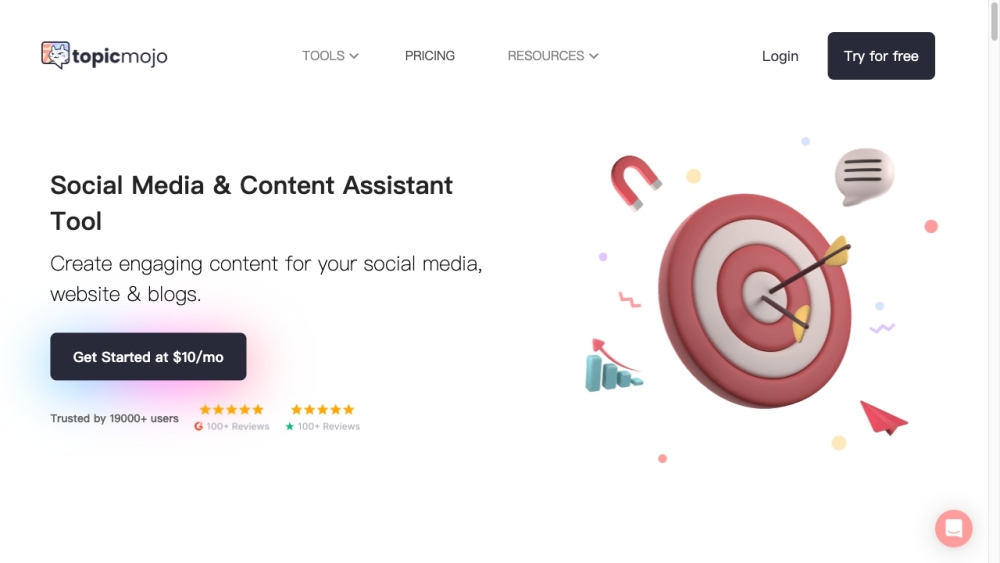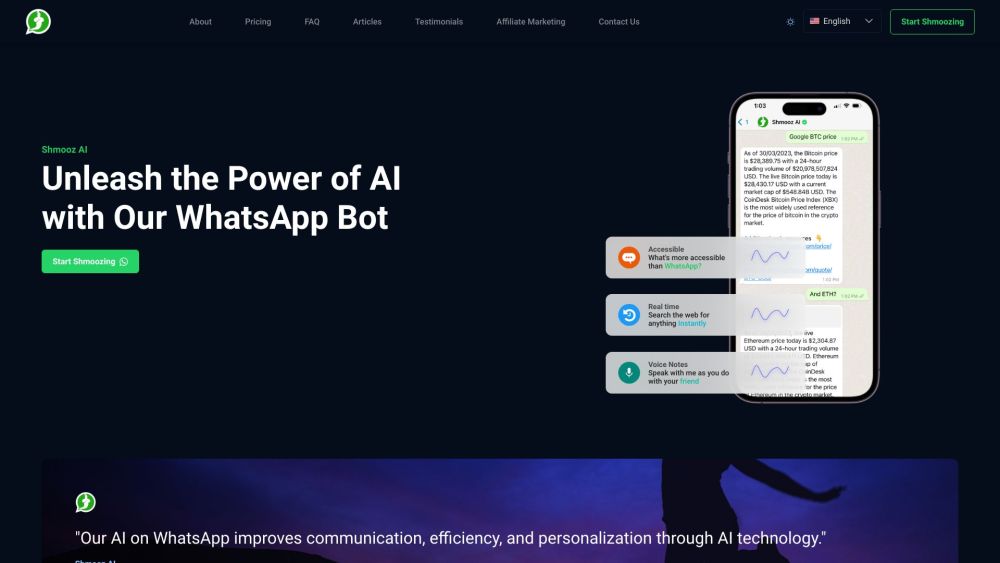The launch of ChatGPT marked a pivotal moment in technology, igniting the imaginations of business leaders and transforming decision-making processes across industries. Today, C-suite executives recognize the significant advantages offered by generative AI, forecasting a remarkable $7 trillion boost to GDP and a 1.5% rise in global productivity. This innovative technology is not just reshaping business strategies for the present but is poised to influence priorities for decades to come.
Generative AI, including ChatGPT, has ushered in a new era of transformative thinking across various sectors. However, some tech and business leaders are also considering the potential drawbacks, particularly the so-called “hallucination” issue. While many of ChatGPT's inaccuracies are benign and can be remedied with better training data or human oversight, it’s essential to actively address and reduce these error rates as companies rapidly adopt this technology.
Above all, financial decisions and compliance depend heavily on data accuracy and the reliability of information. A minor error from ChatGPT on a non-essential question may be irritating, but inaccuracies within an investment portfolio can lead to severe consequences, including lost revenue, delayed regulatory filings, and a breakdown of trust in this technology.
To harness the full potential of generative AI, technologists should step back and consider the following strategic questions:
Do we have a phased approach?
The impact of generative AI on a business's operations and product offerings will be far-reaching. Research and development (R&D) and go-to-market teams should implement a structured framework that enables every department to innovate responsibly and effectively. Initially, tech teams should revisit their use cases, infrastructure requirements, objectives, and action plans with a “square one” mindset.
What specific use cases can generative AI address?
As we enhance internal processes and offer new features to our customers, what systems—such as human-in-the-loop functionalities—can we establish to ensure our responses are accurate and reliable?
Do we possess the necessary talent with expertise in transformer models? Are we aware of compliance restrictions?
These represent just a few of the critical considerations in the development and application of generative AI. Tech teams stand to benefit immensely from having a comprehensive strategy guiding their AI use case development, rather than tackling these questions in an ad-hoc manner.
Are we effectively managing access for internal and external stakeholders?
Fintech companies must carefully evaluate who can access what data and how that access is monitored. While ChatGPT enhances productivity and fosters interaction by processing vast quantities of information, unclear boundaries may lead to compliance dilemmas. For instance, internal team members should have designated access to sales, marketing, and R&D data, while this access should be restricted for external users. Unauthorized access to sensitive client information can lead to significant security breaches, noncompliance issues, and potential financial penalties.
Is our technology transparent and accurate?
Since the introduction of AI, concerns about the transparency and comprehensibility of its decision-making processes have been at the forefront. The rise of generative AI has intensified the demand for transforming AI from a “black box” into a “glass box,” particularly in financial reporting.
Accuracy is crucial in the financial sector. Transparency enables customers to verify data accuracy and enhances compliance with regulatory standards, as regulators increasingly emphasize the need for explainability and oversight. Fintech companies can look to international benchmarks, such as the EU’s Artificial Intelligence Act, to guide them in establishing transparent AI practices and understanding the regulations around AI-generated content, allowing U.S. companies to anticipate potential regulatory adaptations.
For generative AI to uncover intricate patterns within organizational data and deliver accurate insights, technology leaders must train their AI systems with reliable data. Decision-makers worldwide must have confidence in the data fueling generative AI and the insights it generates.






